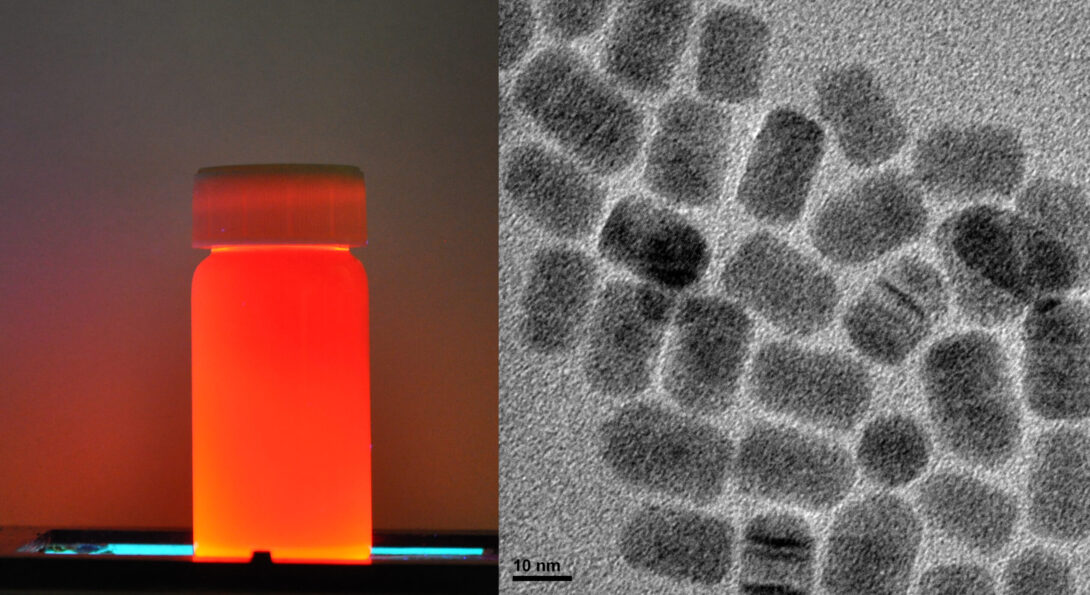UIC-Princeton consortium reports new fluorescent material

A team of researchers at the University of Illinois Chicago and Princeton University have reported a new fluorescent material, called a type II "giant" quantum dot, that has shattered existing records on emission lifetimes. According to the lead author, Dr. Marcell Pálmai of UIC Chemistry's Snee group, the innovation was to find a new way to shuttle electrons in a semiconductor heterostructure to tune the delay time from when the material absorbs light and when it fluoresces. "While other groups have made type II quantum dots before, the tuning of the lifetime also caused the fluorescence color to change. Our method allows us to elongate the fluorescence time, by a factor of 10, while keeping the color constant." More importantly, the Yang group at Princeton University demonstrated that the new materials do not "blink" when studied at the single particle level. This means that the new nanodots can be used to tag and follow individual proteins with unprecedented accuracy, which will assist with biomedical studies that monitor protein activity that can become unregulated with diseases such as cancer.
The researchers' work was published by the ACS journal Nano Letters and can be found here.